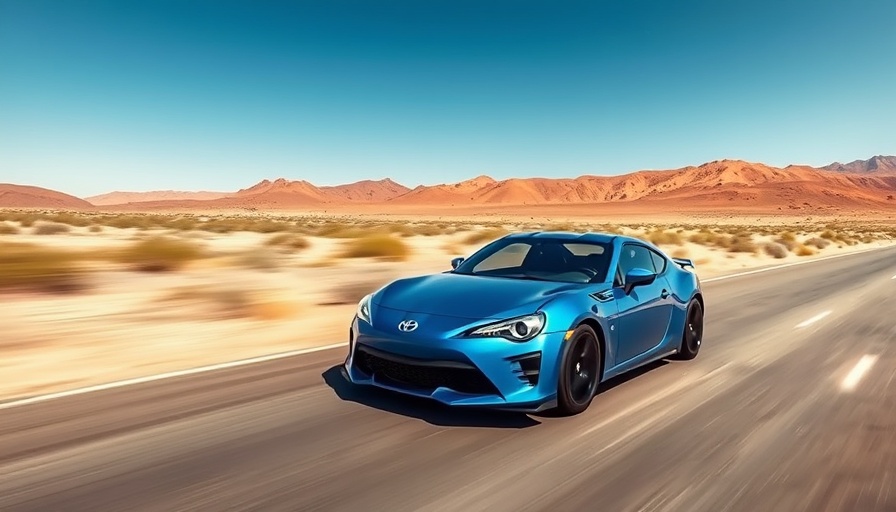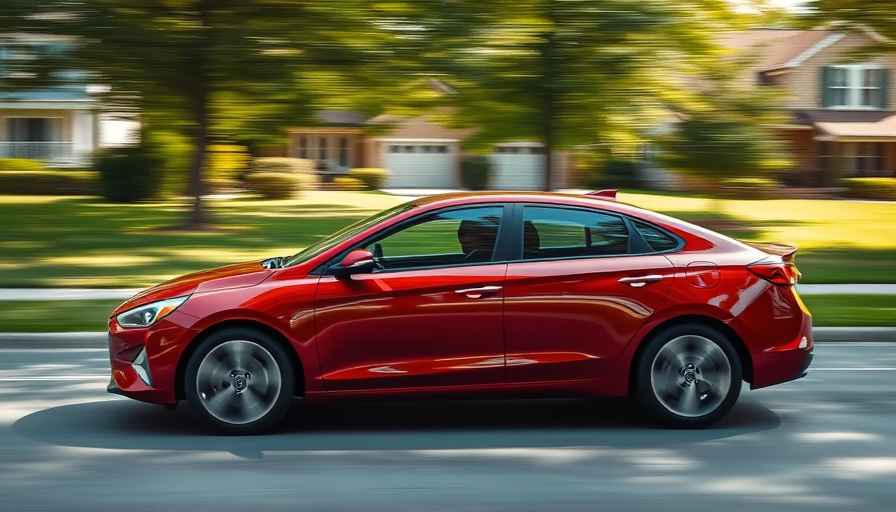
The Challenge to Dominate: Toyota’s V-8 Coupes
For decades, the Ford Mustang has reigned supreme in the realm of affordable V-8 coupes, captivating enthusiasts with a raw driving experience and powerful muscle. Yet, in the shadows, Toyota has taken a distinct approach to the high-performance coupe market. While the Mustang embodies accessibility and brashness, Toyota's range of V-8 coupes—most notably the Soarer and the Lexus models like the SC 400, RC F, and LC 500—has focused on luxury, technology, and refinement. This alternative approach offers a unique narrative within the automotive landscape, one that showcases the Japanese automaker’s commitment to engineering prowess.
The Evolution of the Toyota Soarer
The third-generation Toyota Soarer, released in 1991, marked a significant evolution in the brand's policy of creating sophisticated coupes. Sharing a platform with the Lexus SC, the Soarer was not just another contender in the muscle car arena. Equipped with the 1UZ-FE 4.0-liter V8, it produced 260 horsepower and introduced advanced features like digital dashboards and active suspension, catering to a buyer seeking luxury and high-speed comfort rather than just raw power.
Unlike the Mustang, which thrived on mass appeal, the Soarer was exclusive to the Japanese market initially, hinting at a more upscale segment. This exclusivity may have limited the Soarer's impact in the American marketplace, where many enthusiasts only became acquainted with it through grey imports years later.
Luxury Meets Performance: Lexus' Interpretation of the Coupe
As Toyota established its luxury division, Lexus, the brand continued to refine its approach to the V-8 coupe formula. Models such as the Lexus SC 400 combined performance with sophisticated aesthetics, presenting a vision of grand touring that combined the refinement associated with European manufacturers with a unique Japanese sensibility. The SC 400 featured elegant lines and a powerful engine, positioning it as a formidable competitor to European offerings like the BMW 6 Series.
However, while the SC 400 and its successors, including the IDIFY model, provided an enjoyable driving experience, many critics argue that Lexus struggled to shake off associations with reliability rather than performance. Interestingly, today’s performance-driven Lexus models, such as the RC F and LC 500, capitalize on the company's heritage by integrating refined engineering with a 5.0-liter V8, proving that there's more than one way to compete in the performance coupe sector.
Future Predictions: Is There Room for Revival?
As we enter a new decade, there is speculation about the revitalization of the V-8 coupe in a world that increasingly prioritizes sustainability and efficiency. The automotive industry is witnessing a significant shift towards electric and hybrid vehicles, sparking debates about the future of traditional combustion engines, including V-8s. While this could signal the decline of gas-guzzling muscle cars, it also presents an opportunity for manufacturers to innovate and redefine performance.
The trend towards electric performance vehicles opens up avenues for companies like Toyota to embrace new technologies, possibly leading to the development of a high-performance electric coupe that embodies the spirit of the Soarer and Lexus coupes. With advancements in battery technology and electric drivetrains, the next generation of performance vehicles may look to marry the refinement of Toyota’s heritage with the power of modern technology.
The Cultural Impact of Performance Cars
Performance vehicles, particularly those that have been crafted with care, play a significant role in automotive culture. Enthusiasts appreciate cars not just for their mechanical prowess but for their representation of personal values—whether that be a love for raw power and thrill or an appreciation for luxury and technology. The rivalry between the Mustang and Toyota’s V-8 coupes illustrates the broader cultural conversation in the automotive community.
As affordability becomes more crucial to modern buyers, Toyota's focus on reliability has struck a chord. This positioning will not only continue to attract buyers but could potentially lead to an increased interest in the refined performance of future coupes. By analyzing consumer trends today, we may very well see a pivot in Toyota's offerings to revive their status in the performance market.
Conclusion: Why It Matters To You
The competition between the Ford Mustang and Toyota’s sleek V-8 coupes teaches us about innovation in the automotive world. While Ford captures the market with performance and nostalgia, Toyota's luxury and refinement continue to provide valuable alternatives. Enthusiasts should remain discerning; technology in cars today incorporates features beyond performance metrics to enhance overall driving experience—factors like safety ratings, reliability indices, and even fuel efficiency statistics are now essential when evaluating a car.
Exciting times lie ahead as the automotive landscape evolves. For those contemplating their next vehicle purchase, understanding these dynamics will serve to ensure future selections not only meet performance needs but align with personal driving philosophies and the future directions of the industry.
 Add Row
Add Row  Add
Add 




Write A Comment